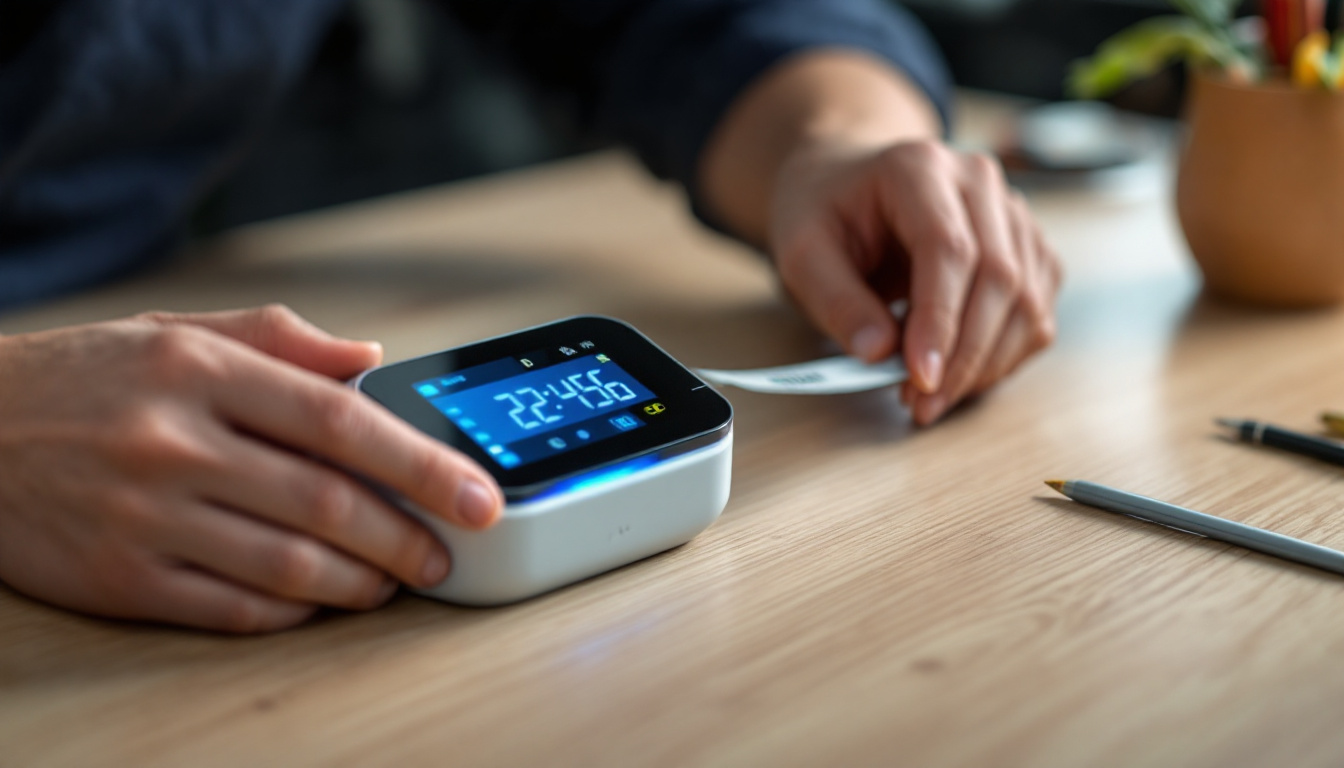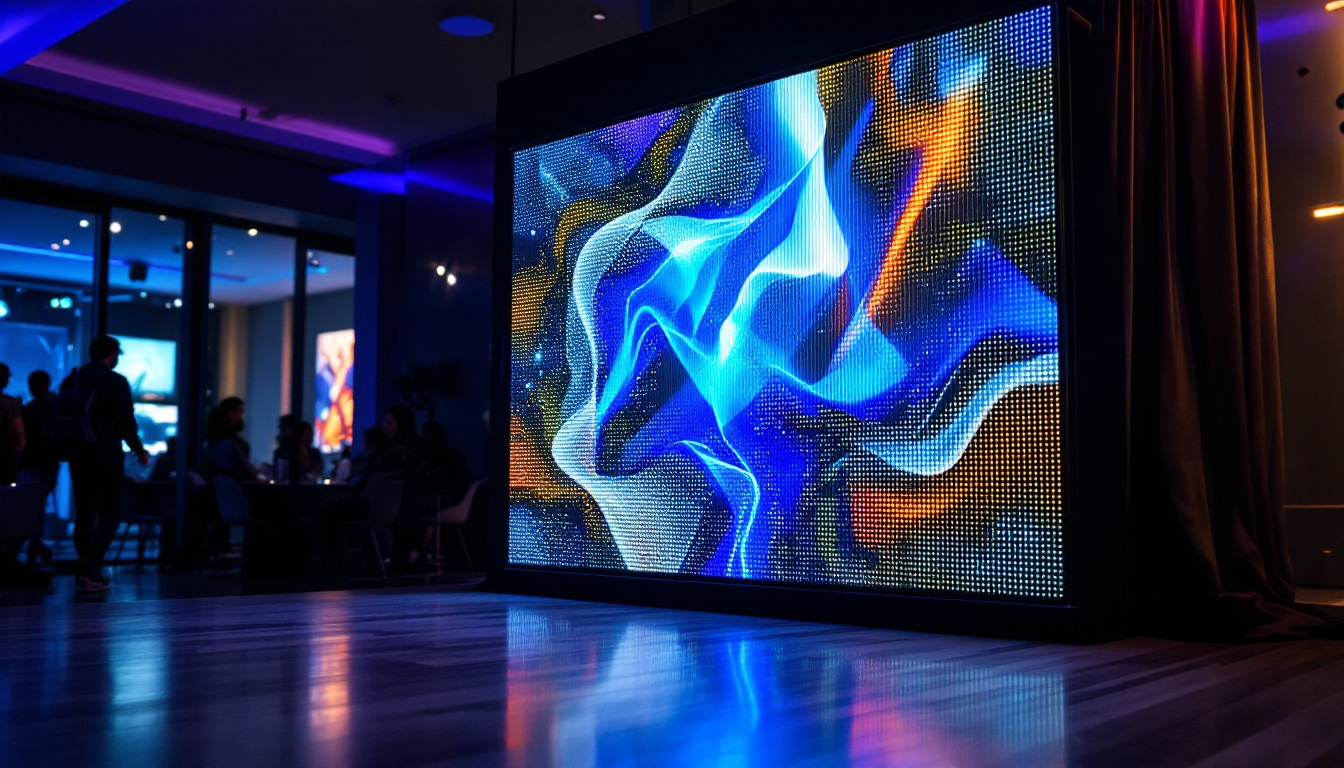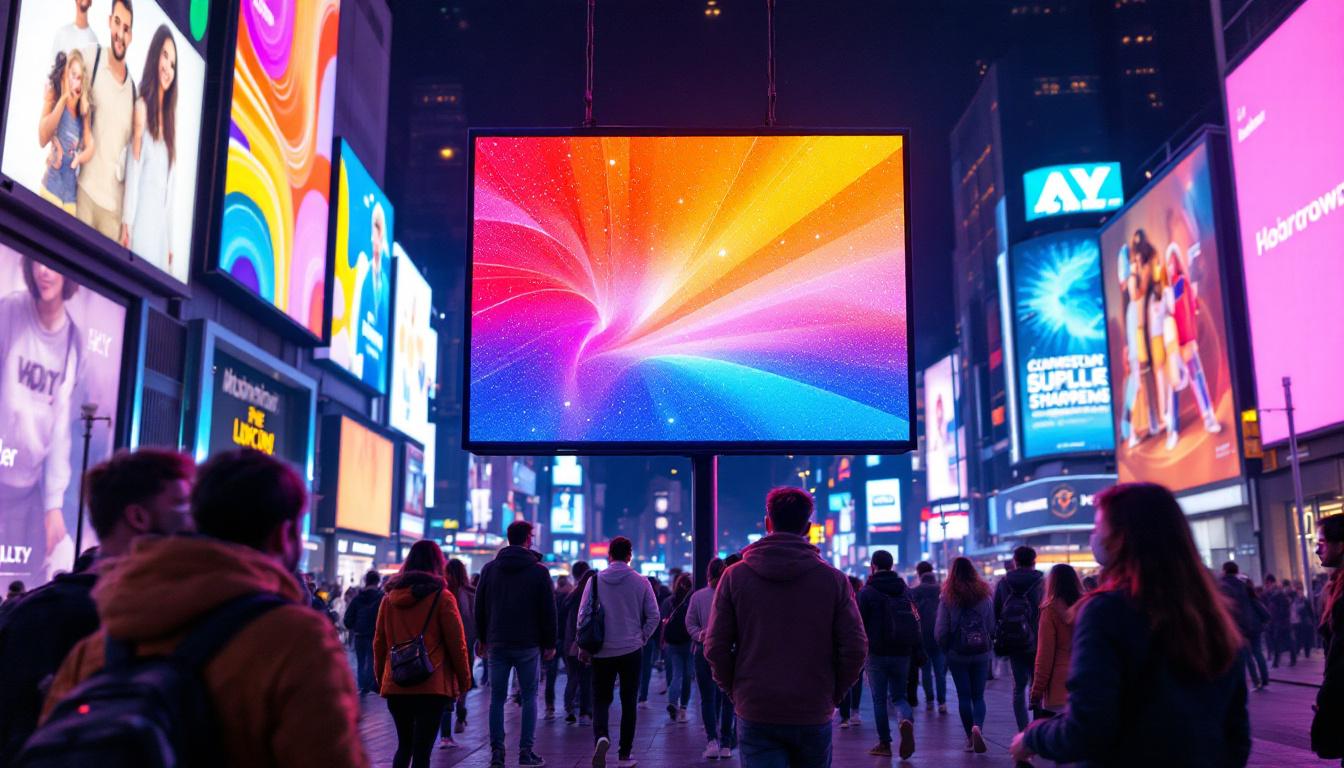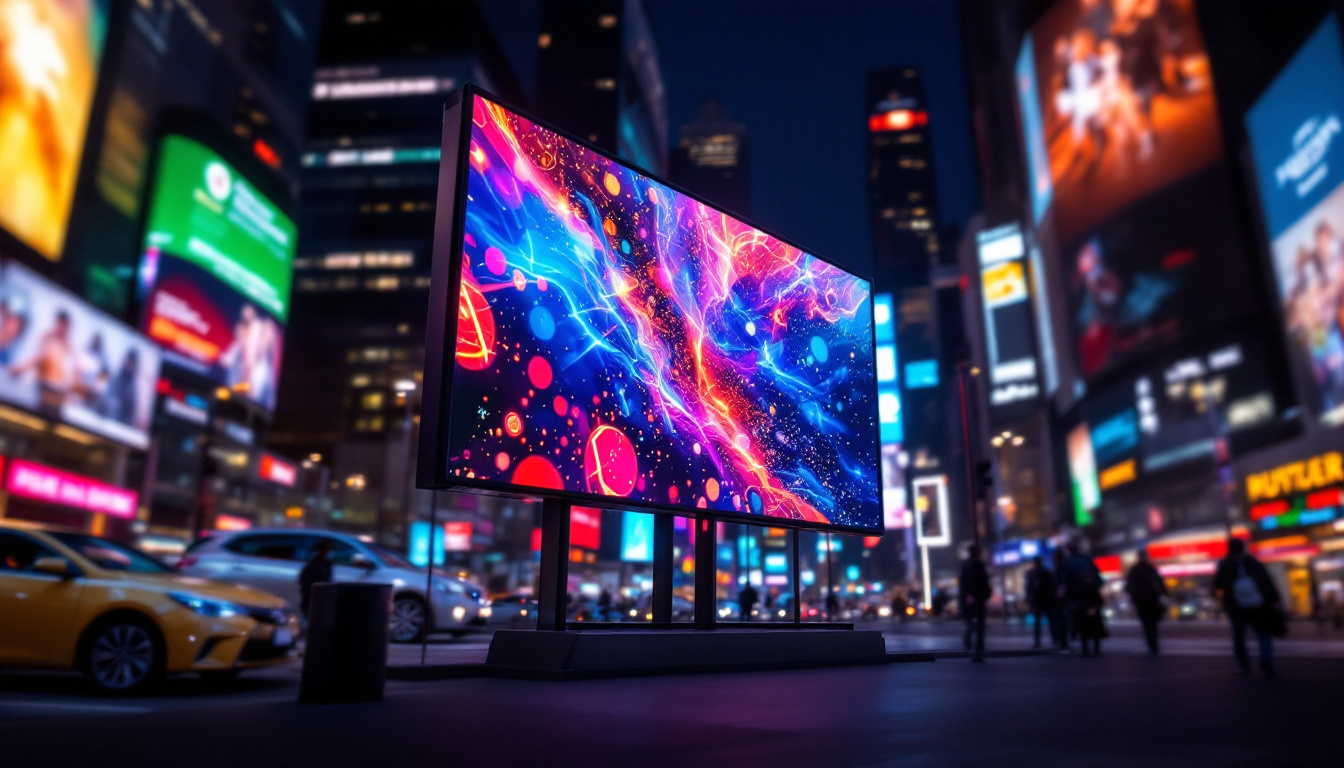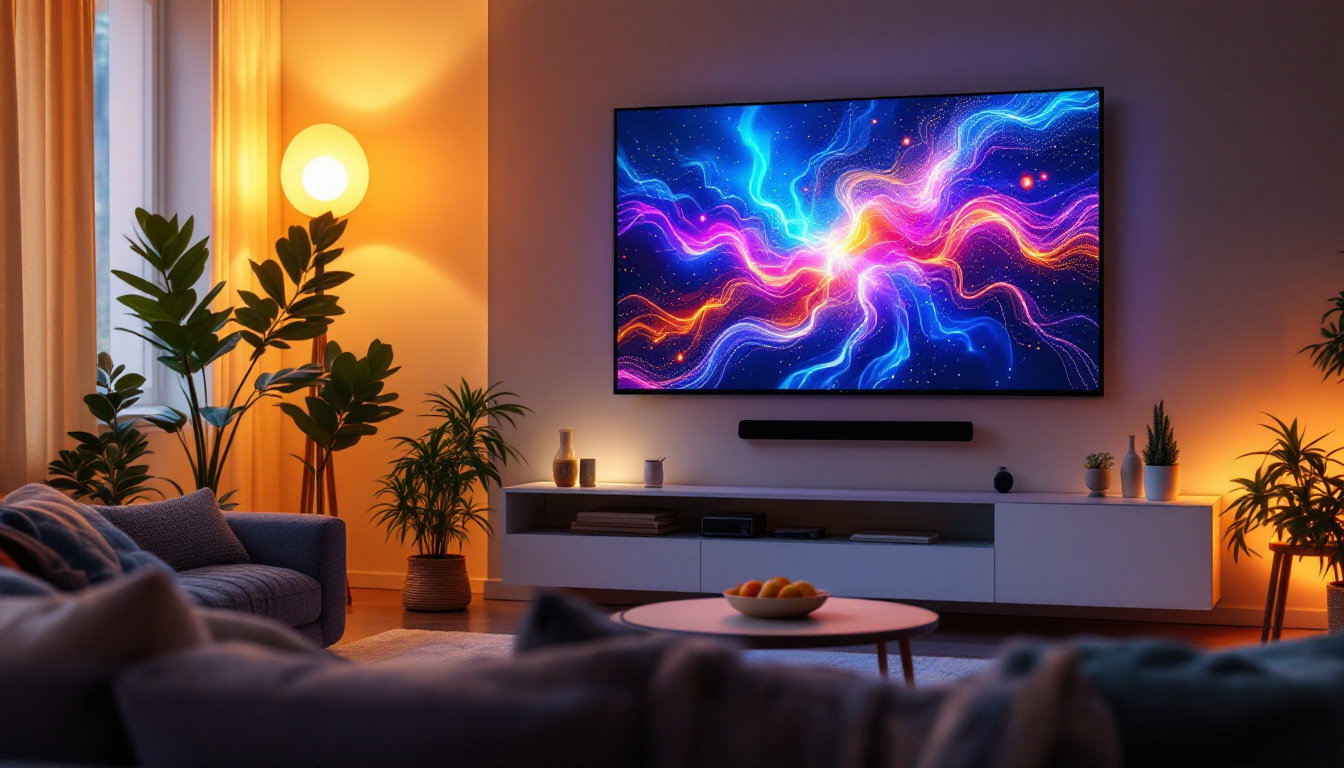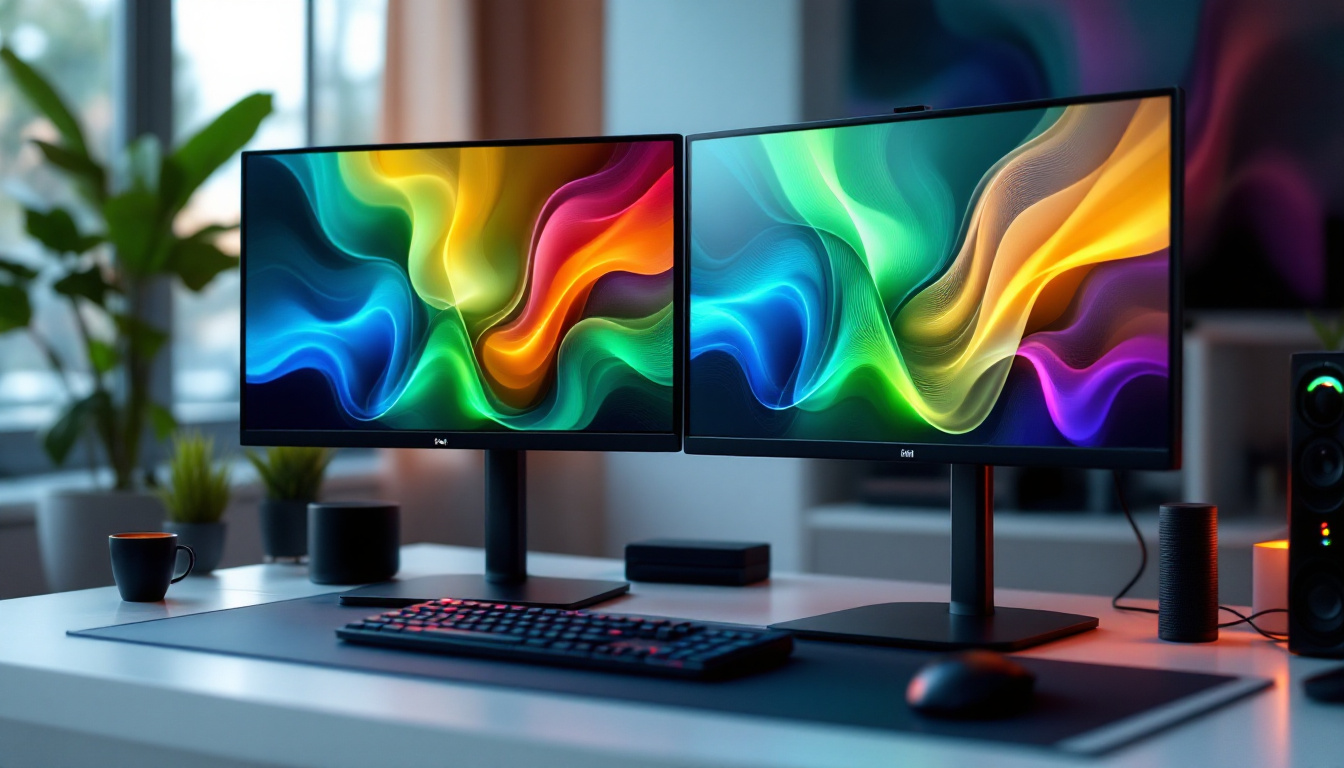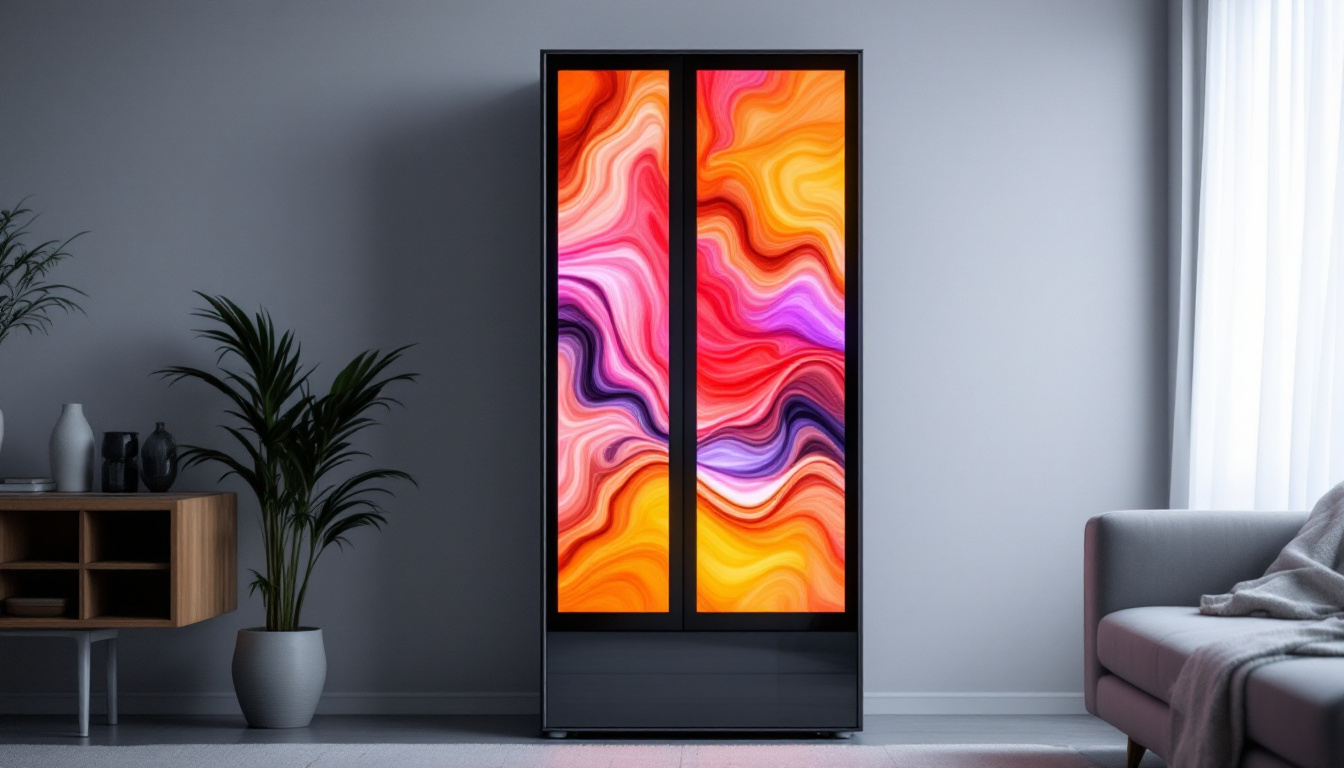In the modern world, touch screens have become ubiquitous, serving as the primary interface for a multitude of devices, from smartphones to large interactive kiosks. The technology behind these screens, particularly LED displays, plays a crucial role in their functionality and user experience. This article delves into the intricacies of touch screen technology, with a particular focus on LED displays, exploring their mechanisms, advantages, and applications.
Understanding Touch Screen Technology
Touch screen technology allows users to interact with a device through direct touch, eliminating the need for physical buttons or keyboards. This interaction can be achieved through various methods, including resistive, capacitive, and optical technologies. Each type has its own set of advantages and is suited for different applications.
Types of Touch Screen Technologies
There are three primary types of touch screen technologies: resistive, capacitive, and optical. Each type operates differently and is designed for specific use cases.
- Resistive Touch Screens: These screens consist of multiple layers, including a flexible top layer and a bottom layer. When pressure is applied to the top layer, it makes contact with the bottom layer, registering a touch. This technology is cost-effective and works well with gloves or styluses, making it suitable for industrial applications.
- Capacitive Touch Screens: Utilizing the electrical properties of the human body, capacitive touch screens detect touch through changes in capacitance. They are known for their high sensitivity and clarity, making them ideal for smartphones and tablets.
- Optical Touch Screens: These screens use infrared light to detect touch. When an object interrupts the light beams, the system registers a touch. Optical touch screens are often used in large displays and kiosks due to their durability and large size.
How Touch Screens Work
Touch screens operate through a combination of hardware and software. The hardware consists of the touch-sensitive layer, which detects touch input, while the software interprets this input and translates it into actions on the screen. This seamless interaction creates an intuitive user experience.
In capacitive touch screens, for example, the screen is coated with a transparent conductor. When a finger touches the screen, it creates an electrostatic field that is detected by sensors located at the corners of the display. The software then calculates the exact location of the touch and responds accordingly.
Moreover, advancements in touch screen technology have led to the development of multi-touch capabilities, allowing users to perform gestures such as pinch-to-zoom or swipe with multiple fingers simultaneously. This feature enhances the user experience, particularly in applications involving graphics or gaming, where precision and responsiveness are crucial. As a result, capacitive touch screens have become the standard in consumer electronics, offering not just functionality but also a sleek aesthetic that complements modern device designs.
In addition to consumer devices, touch screen technology is making significant strides in various sectors, including healthcare, automotive, and retail. In healthcare, for instance, touch screens are utilized in medical devices and patient management systems, enabling healthcare professionals to access and input data efficiently. In the automotive industry, touch screens are increasingly replacing traditional dashboard controls, providing drivers with a more streamlined and interactive interface. Retailers also leverage touch screens for point-of-sale systems and interactive displays, enhancing customer engagement and streamlining transactions. These diverse applications highlight the versatility and growing importance of touch screen technology in our daily lives.
LED Displays: The Heart of Modern Touch Screens
LED (Light Emitting Diode) displays are a popular choice for touch screens due to their vibrant colors, energy efficiency, and slim profile. Understanding how LED displays work is essential to appreciating their role in touch screen technology.
What is an LED Display?
An LED display is a flat panel display that uses an array of light-emitting diodes to produce images. Unlike traditional LCD screens, which rely on backlighting, LED displays use individual diodes that emit light, resulting in brighter and more vivid images.
LED displays can be categorized into two main types: direct-lit and edge-lit. Direct-lit LED displays have diodes placed behind the screen, providing uniform brightness. Edge-lit displays, on the other hand, have diodes positioned along the edges, using light guides to distribute brightness across the screen. This distinction not only affects the visual quality but also influences the design flexibility of devices, allowing manufacturers to create thinner and lighter screens without sacrificing performance.
Advantages of LED Displays
LED displays offer numerous advantages that contribute to their popularity in touch screen applications:
- high brightness: LED displays can achieve higher brightness levels than traditional displays, making them suitable for use in bright environments.
- Energy Efficiency: LEDs consume less power compared to other display technologies, resulting in lower energy costs and a reduced environmental impact.
- Longevity: LED displays have a longer lifespan, often lasting over 50,000 hours, which reduces the need for frequent replacements.
- Vibrant Colors: The ability to produce a wider color gamut allows LED displays to deliver stunning visuals, enhancing the overall user experience.
In addition to these advantages, LED displays are also known for their rapid response times, which is crucial for touch screen applications where quick feedback is essential. This responsiveness enhances the interactivity of devices, making them more user-friendly and efficient. Furthermore, the compact size of LED technology allows for innovative designs in various devices, from smartphones to large-scale digital signage, enabling manufacturers to push the boundaries of creativity and functionality.
Moreover, advancements in LED technology, such as the development of MicroLED and MiniLED displays, are paving the way for even more impressive capabilities. MicroLEDs, for instance, can be used to create displays with higher pixel densities, resulting in sharper images and improved viewing angles. These innovations not only enhance the visual experience but also contribute to the versatility of LED displays in various applications, ranging from consumer electronics to professional-grade monitors used in graphic design and video editing.
Applications of Touch Screen LED Displays
Touch screen LED displays have found applications across various industries, revolutionizing how users interact with technology. From consumer electronics to professional environments, their versatility is unmatched.
Consumer Electronics
In consumer electronics, touch screen LED displays are ubiquitous. Smartphones, tablets, and laptops all utilize this technology to provide users with an intuitive interface. The combination of touch sensitivity and vibrant visuals enhances user engagement and satisfaction.
For instance, smartphones equipped with capacitive touch screens allow for multi-touch gestures, enabling users to zoom in, scroll, and navigate with ease. The LED display ensures that images and videos are displayed in high definition, making for a more enjoyable viewing experience.
Retail and Advertising
Touch screen LED displays have transformed the retail and advertising sectors. Interactive kiosks and digital signage allow businesses to engage customers in innovative ways. These displays can showcase products, provide information, and even facilitate transactions, all through touch interactions.
In retail environments, touch screen displays can enhance the shopping experience by allowing customers to browse catalogs, check inventory, and access promotions. The vibrant colors and high brightness of LED displays draw attention, making them effective marketing tools.
Healthcare
The healthcare industry has also embraced touch screen LED displays for various applications. Medical devices, patient information systems, and interactive health kiosks utilize this technology to improve patient care and streamline operations.
For example, touch screen displays in hospitals can be used for patient check-in, allowing for a more efficient process. LED displays in medical imaging equipment provide clear and detailed visuals, aiding in accurate diagnoses and treatment planning.
Challenges and Considerations
While touch screen LED displays offer numerous benefits, there are also challenges and considerations to keep in mind. Understanding these aspects is crucial for manufacturers and consumers alike.
Durability and Maintenance
Touch screen LED displays, particularly in public settings, are subject to wear and tear. Scratches, cracks, and other forms of damage can affect performance and aesthetics. Manufacturers often implement protective coatings and durable materials to mitigate these issues.
Regular maintenance is essential to ensure the longevity of touch screen displays. Cleaning the screens with appropriate materials and addressing any technical issues promptly can help maintain optimal performance.
Cost Considerations
While the benefits of touch screen LED displays are clear, the initial investment can be significant. Businesses must weigh the costs against the potential return on investment. Factors such as usage frequency, target audience, and intended applications should be considered when making purchasing decisions.
The Future of Touch Screen LED Displays
The future of touch screen LED displays is promising, with ongoing advancements in technology. As consumer demands evolve, manufacturers are continuously innovating to enhance functionality, durability, and user experience.
Emerging Technologies
One of the most exciting developments is the integration of artificial intelligence (AI) into touch screen interfaces. AI can enhance user interactions by providing personalized experiences, predictive text, and voice recognition capabilities.
Additionally, advancements in flexible and foldable display technologies are paving the way for new applications. These innovations could lead to more versatile devices that adapt to various user needs and environments.
Sustainability Efforts
As environmental concerns grow, manufacturers are focusing on sustainability in the production of touch screen LED displays. This includes using eco-friendly materials, reducing energy consumption, and implementing recycling programs for old devices.
By prioritizing sustainability, the industry can contribute to a greener future while still delivering high-quality products that meet consumer demands.
Conclusion
Touch screen LED displays have revolutionized the way users interact with technology, offering vibrant visuals and intuitive interfaces across various applications. Understanding the underlying technology, advantages, and challenges is essential for anyone involved in the design, manufacturing, or use of these devices.
As technology continues to evolve, the future of touch screen LED displays looks bright. With ongoing innovations and a focus on sustainability, these displays will undoubtedly play a vital role in shaping the future of user interaction in the digital age.
Discover LumenMatrix’s Innovative LED Display Solutions
Ready to elevate your user experience with the latest in touch screen LED display technology? Explore LumenMatrix’s comprehensive range of LED display modules, designed to bring your brand to life and captivate your audience. From Indoor and Outdoor LED Wall Displays to specialized solutions like Vehicle, Sports, and Floor LED Displays, LumenMatrix offers custom and all-in-one solutions to meet your unique needs. Experience the future of visual communication today and check out LumenMatrix LED Display Solutions to see how we can help you create impactful and engaging visual experiences.




